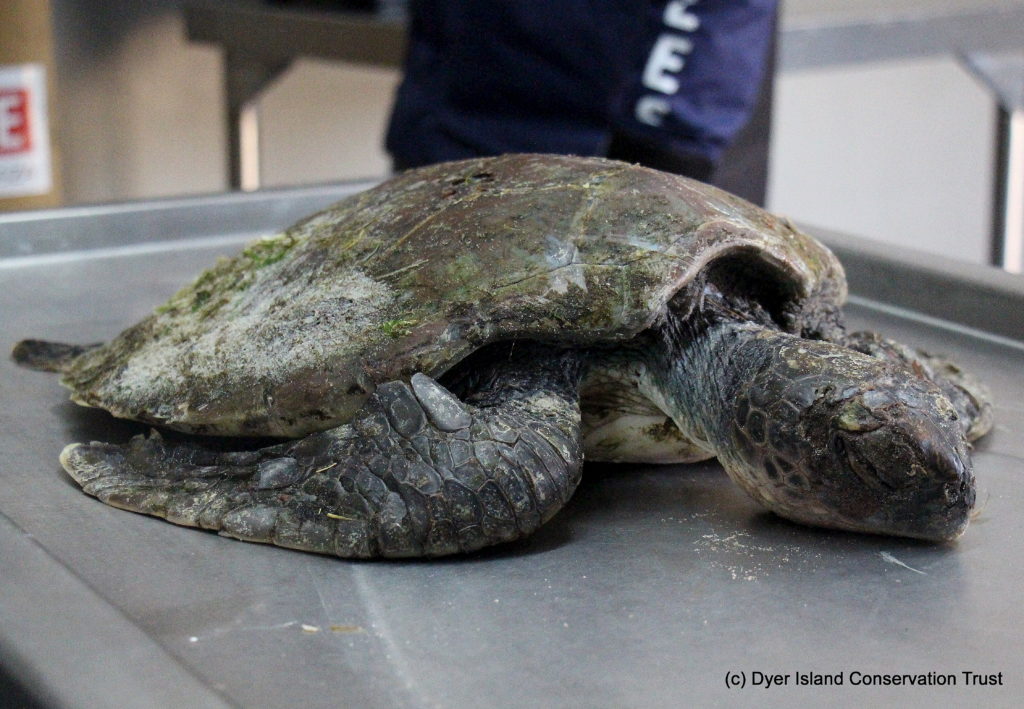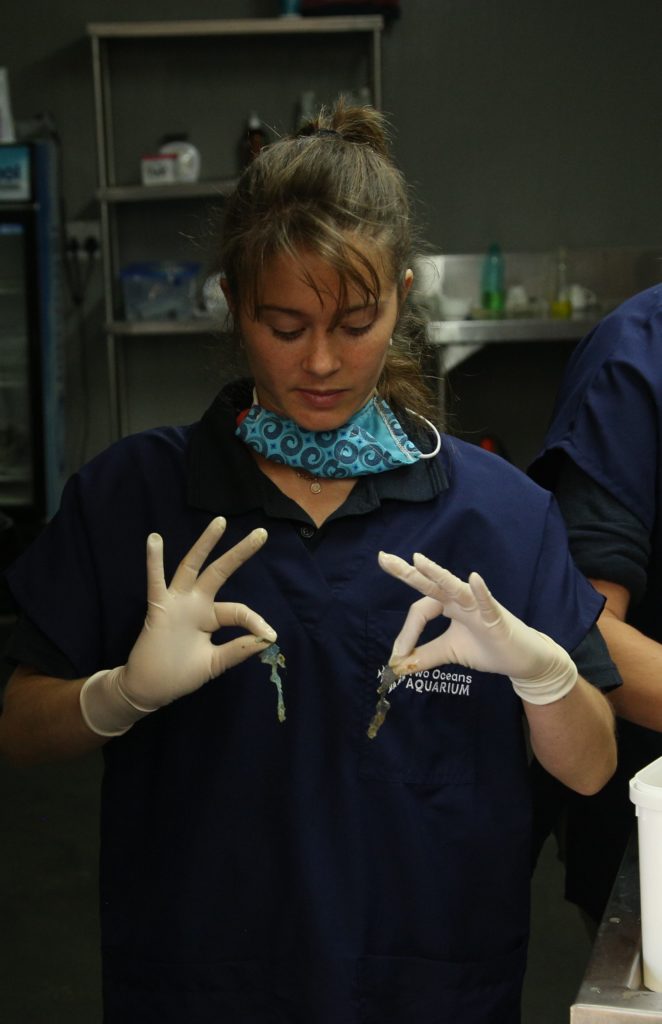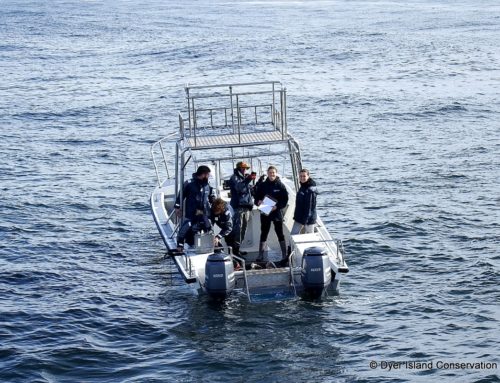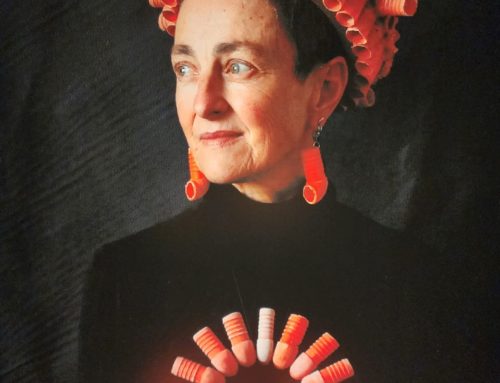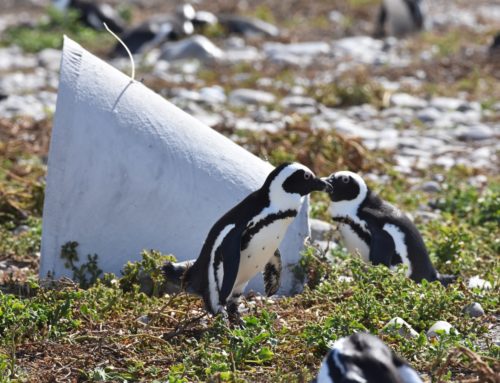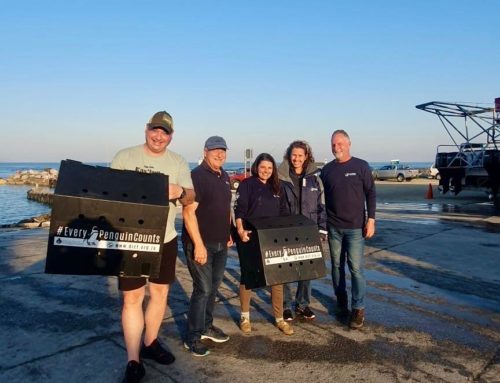In July 2020, a deceased green turtle (Chelonia mydas) washed up in the Gansbaai area, near the Die Gruis. CEO of Marine Dynamics, Wilfred Chivell, together with Hennie Otto collected the animal. A team from the Two Oceans Aquarium Education Foundation together with biologists from Marine Dynamics and the Dyer Island Conservation Trust dissected it in order to determine the cause of its death. The Two Oceans Aquarium is a long-time partner and this collaboration facilitates the sharing of knowledge.
The dissection was run by veterinarian Brandon Spolander from Aquavet Africa, and consulting vet to the Two Oceans Aquarium, and the group looked at various possible external and internal causes of the death of the turtle. The subadult green turtle measured 50cm in total length and was considerably larger than the small loggerhead turtles that often wash up in the Overstrand. Several pieces of plastic were found in the intestines of the animal. While this was unlikely the cause of death as it did not seem to have caused any blockages, it could have led to secondary malaises. One possible cause could have been liver disease, as the liver showed some abnormal growths and discolouration. Overall, the cause of death was uncertain, but the animal seemed to be in poor health prior to passing away.
All species of turtles are considered as threatened, and the green turtle is classified as endangered by the International Union for the Conservation of Nature (IUCN).
Plastic pollution is a continued threat to marine life around the world. Turtles are one of many species who are threatened by the increasing amount of plastic floating around as a plastic bag often looks and mimics the movement of their jellyfish prey. Young turtles often forage on the water surface and will often accidentally ingest small plastic pieces. The mouth and oesophagus of turtles contain fleshy appendages called papillae, which guide food further down the digestive tract, but this won’t allow for the animal to regurgitate pieces of plastic, as this part of the tract is designed for a one-way movement of food.
The Two Oceans Aquarium Education Foundation team does an educational turtle road trip every year to reach the public about what to do should they find a stranded turtle on the beach. Between the months of March and August, juvenile loggerhead turtles follow the Agulhas current down the coast, but if they pop out of the warm Agulhas current and get stuck in the cold pocket of water between the coast and the fast moving warm current, they often develop cold-shock, and they strand on the beaches of the Western Cape. When you find a turtle on the beaches of the Western Cape, keep them safe in a box with a cloth, and contact your nearby conservation unit. In Gansbaai this is the African Penguin and Seabird Sanctuary (APSS), the key project of the Dyer Island Conservation Trust. The stranding network will ensure the turtle reaches the Two Oceans Aquarium so they can receive due care before being released. https://www.aquarium.co.za/blog/entry/stranded_turtles_what_to_do/ APSS Rescue Line Number: 0725987117
Special thanks to the Aquarium Foundation team for coming through from Cape Town and lending their knowledge and expertise.
